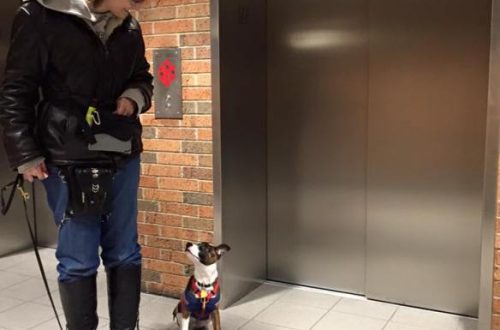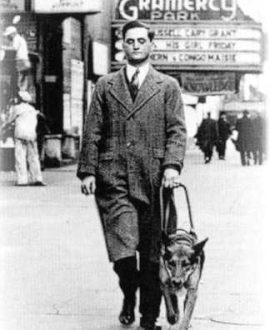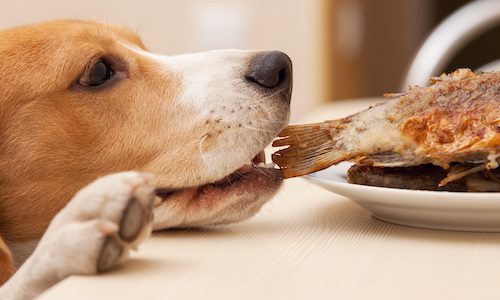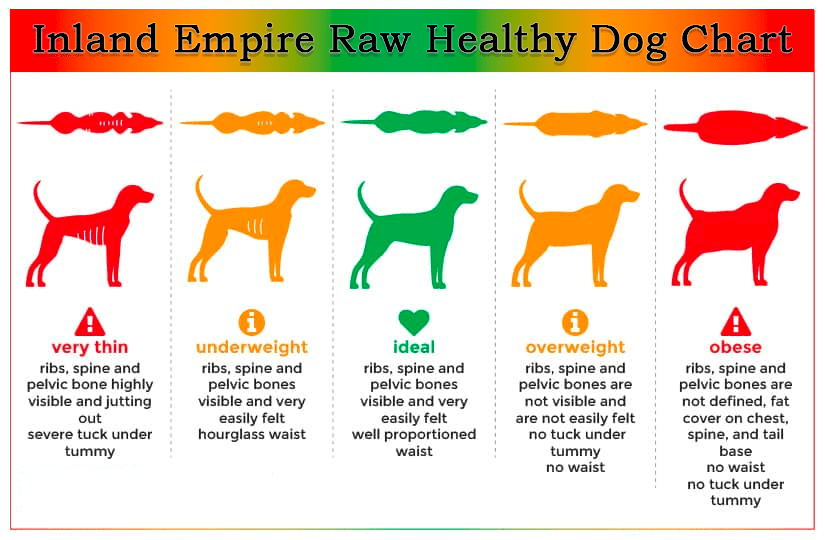
Fighting obesity in small dogs
Small, cute and so adorable, small dogs are experts at inspiring their owners to show affection. They are true masters at getting lots of treats from their beloved owners. This means owners need to be resilient because small and miniature dogs are just as prone to being overweight or obese as larger breeds.
No wonder veterinarians are sounding the alarm, as being overweight is becoming one of the biggest problems for pets in the world, and the problem is getting worse. After all, obesity is a major contributing factor to health problems in dogs such as:
- Arthritis.
Diabetes.
Pancreatitis.
Respiratory disorders.
Reducing life expectancy.
Because some small breeds are prone to respiratory problems from birth (especially those with short noses, such as pugs), even a little overweight can be cause for concern.
Such a serious health risk makes it clear that we must help our four-legged friends maintain a healthy weight. But what causes excess weight in small dogs in the first place?
Contents
Is it all about the breed?
There are dogs that are prone to obesity. Some small dog breeds are just one of them:
Cairn terrier.
Dachshund.
Scottish terrier.
Cavalier King Charles Spaniel.
Cocker spaniel.
If you have a small dog that is prone to significant weight gain due to breed, spaying, begging or other factors, you need to be extremely adamant about food to avoid overweight.
She is what she eats
If your dog eats a high-calorie food, he will likely become very obese after a while, unless he is a fitness freak. Unfortunately, exercising for weight loss can seriously affect her health in the long run. For most small dogs, combining calorie controlled pellets or canned food with regular exercise is a good way to keep fit and healthy.
Portion control
Portion control can be a big problem when it comes to feeding small dogs. To avoid problems, you can measure your daily amount of food and treats into a separate container, and then feed your dog only what is in the container and nothing else. You can also find that counting calories is worth the extra effort, especially if you’re already doing it for yourself.
Whichever method you choose, it’s important to monitor your dog’s daily ration to make sure he’s getting only the optimal amount. Start with the recommended amount on the food label and adjust as needed. Your veterinarian is also a great guide when deciding how much food to feed your pet.
What about snacks?
Pets (and people) gain weight when they take in more calories than they burn. Portion control is the key to avoiding weight gain when it comes to main meals, but don’t forget the impact of snacking. It’s just that small dog snacks should be smaller. Find low-calorie treats for small dogs, or break up large treats into smaller pieces to keep your four-legged friend happy without the extra calories.
Everything is on the labels
Careful study of food and treat labels will also help you fight overweight pet. There you will find a complete set of instructions for proper dosing. Make sure you feed your pet the amount needed for her ideal weight and not to maintain her current weight. Remember that everything your dog eats, including treats, affects daily calorie intake, which will ultimately affect his waistline.
What is a Physical Condition Assessment?
The Physical Condition Score, or BCS, is the ratio of muscle to fat (or adipose) mass. Lean body mass is the weight of your dog’s bones, muscles, etc. Body fat, or adipose tissue, is simply fat. The higher the BCS value, the more pounds your dog should lose, with an ideal BCS score of 3 out of 5. If your dog’s BCS is over 3, you should ask your veterinarian for a healthy weight loss plan. Here is a handy chart for monitoring your dog’s BCS and obesity rate at home:
Physical assessment
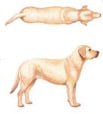
| Perfect – 3 | |
|---|---|
| Ribs | Easily palpable, with a thin layer of fat. |
| Coccyx | Smooth contour with a thin layer of fat. |
| Side view | Tightened belly. |
| View from above | Slim waist. |
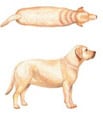
| Overweight – 4 | |
|---|---|
| Ribs | Difficult to palpate under a moderate fat layer. |
| Coccyx | Some thickening, the bones are palpable under a moderate fat layer. |
| Side view | The abdomen is not tucked up. |
| View from above | The back is slightly widened at the waist. |
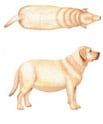
| Obesity – 5 | |
|---|---|
| Ribs | It is difficult to feel under a thick layer of fat. |
| Coccyx | Thickened and difficult to feel under a thick layer of fat. |
| Side view | There is no waist, fat hangs from the stomach. |
| View from above | The back is noticeably widened. |
Recommendations for successful training
Start small: set realistic goals; at this stage, the goal is gradual and permanent weight loss. At first, you will need to do everything slowly so as not to be overloaded. Talk to your veterinarian to determine the ideal healthy weight and exercise plan for your little one. It may take him months to get rid of the excess weight, so don’t be discouraged!
Think outside the box – or just go outside! One of the perks to help your pet lose weight are exciting new activities you can try together. You can swim in the lake nearby as a low impact exercise that is easy on your dog’s joints and you too! If it’s cold outside, keep a close eye on your little one, letting her have fun in a cool (but not cold) bath.
Choose what you both like. Don’t like to run? No panic! You don’t have to run to lose weight. Throwing a ball, going on long walks, or taking an agility course are all great alternatives to running. Your little companion will love doing what you do.
Resist those eyes! When your cute little puppy looks at you, begging you to throw this tasty morsel into his mouth, be strong! Fewer calories means less excess weight, and calorie-rich human foods are one of the biggest culprits when it comes to weight gain in dogs. While this may seem like a testament to your culinary prowess, she’ll be better off without it.
Your little dog needs you to help her lose weight, so it’s important for everyone to be consistent along the way. This requires that all family members and friends who spend time with your pet adhere to this rule. This means that your children should not allow their pet to lick their plates to a shine. She may seem a little tired at first, which is to be expected. Gradually, as she begins to lose weight, she will regain her energy and thank you for making her healthier.

| Perfect – 3 | |
|---|---|
| Ribs | Easily palpable, with a thin layer of fat. |
| Coccyx | Smooth contour with a thin layer of fat. |
| Side view | Tightened belly. |
| View from above | Slim waist. |

| Overweight – 4 | |
|---|---|
| Ribs | Difficult to palpate under a moderate fat layer. |
| Coccyx | Some thickening, the bones are palpable under a moderate fat layer. |
| Side view | The abdomen is not tucked up. |
| View from above | The back is slightly widened at the waist. |

| Obesity – 5 | |
|---|---|
| Ribs | It is difficult to feel under a thick layer of fat. |
| Coccyx | Thickened and difficult to feel under a thick layer of fat. |
| Side view | There is no waist, fat hangs from the stomach. |
| View from above | The back is noticeably widened. |



